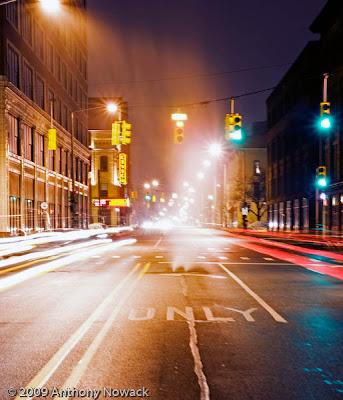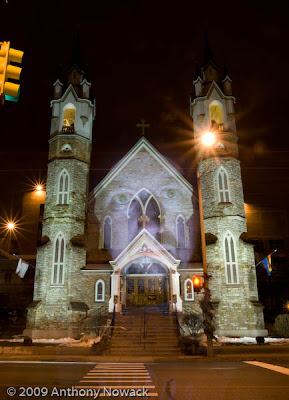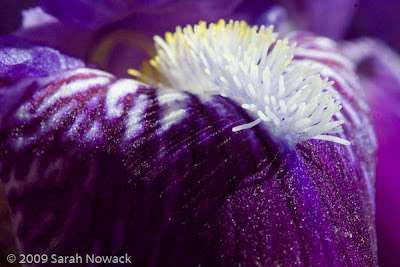.jpg)
-8.jpg)
-19.jpg)
.jpg)
-8.jpg)
-19.jpg)
-1.jpg)
-2.jpg)
-3.jpg)
-3.jpg)
Well August was a busy month. Didn't even realize how much so until I look back now. Started out with Kenny Rogers at Meijer Gardens. Las Vegas came to Grand Rapids that night. I think Kenny talked as much as he sang.
The next morning it was off to Chicago with Lindsay for Lollapalooza. And then it rained. Did I plan for this possibility and maybe bring rain gear? Not a chance. That would have made sense. I'm usually a lot more prepared for a shoot. Guess it didn't occur to me to check the weather report before I left. Many of the participants there made the best off it though.
I found a vendor selling ponchos though(it was very a popular place) and I was set. The rain stopped in time for Depeche Mode, thankfully.
Thanks to Brad Southerton we had a place to sleep every night. And I did. At least 4 hours each night.
There were some great surprises. LeAnn Rimes singing Beatles songs with Perry Farrell for example.
-3.jpg)
Or getting my daughter, Sarah, on the phone with the girls from Care Bears On Fire.
It stayed dry the rest of the weekend, thankfully. Oh, and there was the Playboy party at the hotel too. Not much to tell there. Ironic, eh? Most disappointing part of the weekend... Tool. If I did drugs it would probably have been cool. But instead, I was a quite sober photographer with nothing to take photos of. The singer, Maynard James Keenan stayed at the back of the stage with no lights on him. I was told he hates photographers and the way they set up the stage kinda makes me believe it. Unfortunate, because they were one of the bands I was really looking forward to getting photos of.
Justin Chancellor of Tool
Later in the month we also were privileged to witness our friends John and Karisa get married.
John and Karisa sitting in a tree...
In September we took in the Artprize scene,
and we opened an art show of our own in Cedar Springs.
We were also able to take the kids on a trip to Cedar Point which seems to have been the highlight of their lives so far.
In October we made a trip back down to Chicago for Brad's birthday.
Luckily, we walked to the bar from Brad's apartment so no one had to end up like the woman we saw on the way down in Benton Harbor who took the wrong way out of the parking lot.
I also threw a party for Danielle's birthday. All of our friends came and Kenny got schooled on the Rock Band drums by my 12 year old daughter.
Also did photos of some young kid named Taylor Swift earlier in the month. I think she'll probably be big.
November was a busy month. Metallica, and Megadeth were the big concerts of the month.
This is the look Lars gives when he sees people actually buy CD's.
Dave Mustaine and his poodle-do
We also had the opportunity to photograph the rehearsals for the Civic Theater production of Cinderella,
and we got to shoot photos for Lou Musa for his DiAddario strings endorsement.
Next stop, full page ad in Guitar World magazine! (hopefully)
December was pretty slow photo wise with the holiday's and Sarah's birthday. We did find an abandoned building near here that was interesting to photograph though
Hallway in abandoned building.
Cassette tapes and catalogs in abandoned building.
and I got out once to do a little photo walk with Randall downtown GR.
June. Kicked off the summer concert season with a triple header night of shows with Rockit King. Started out easy enough at Fifth Third Ballpark opening for Kansas. Beautiful sunny and warm. No problems except the guy at the gate who almost wouldn't let me in with my telephoto lens.
After the Fifth Third Ballpark gig everyone headed downtown to play under the La Grande Vitesse at Festival Of The Arts. It was great staging with the enormous metal sculpture looming over the stage. A huge light from a building across the street provided a great backlight.
And then the rain came down.
Everyone rushed to get all the gear off the stage and under the tent and as soon as we did....the rain stopped. Well, it made for interesting photos anyway.
All that was left was gig number 3 for the night: Mulligans Other Side. AKA: A closet with a stage. No lighting save for a DJ style gobo screwed to the back wall. No AC or ventilation. Wanna know how hot it gets in there? Damn hot.
3 gigs in one night. Even I was exhausted and I didn't play a note.
Later in the month we got to see Indigo Girls at the Meijer Gardens and we shot photos for The Broadcast Union.
July. Started out with a bang. Rothbury. 3 days of bathing with baby wipes, walking for miles, and smelling dirty hippie funk. It was also 3 days of great music, meeting great people, and seeing some amazing sights.